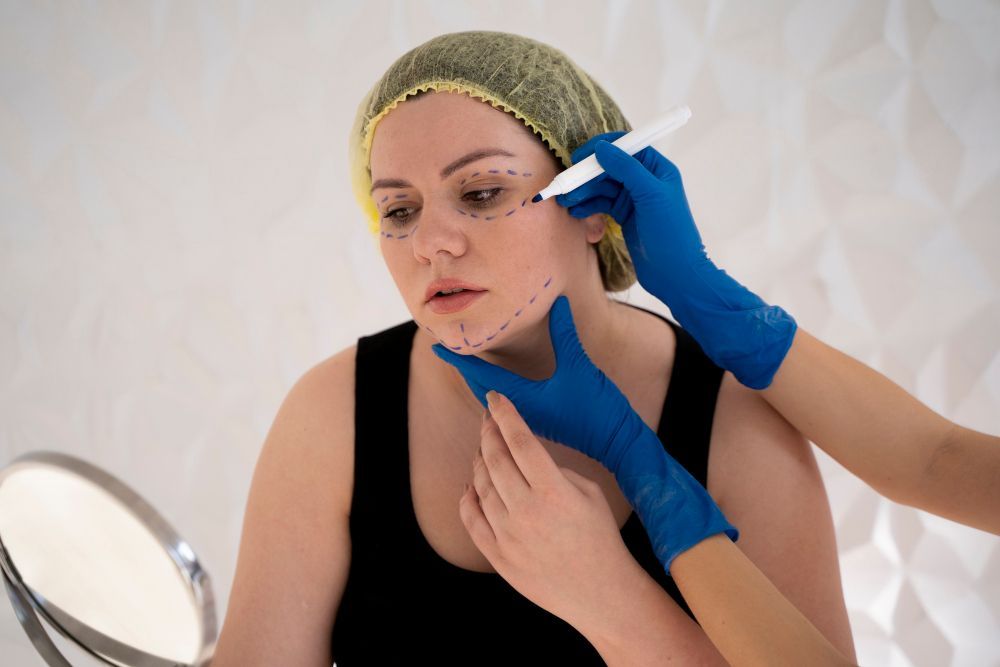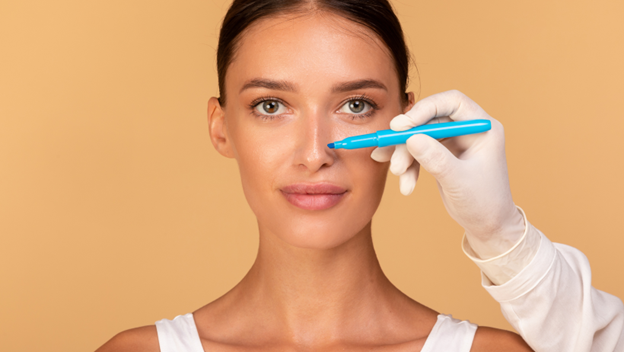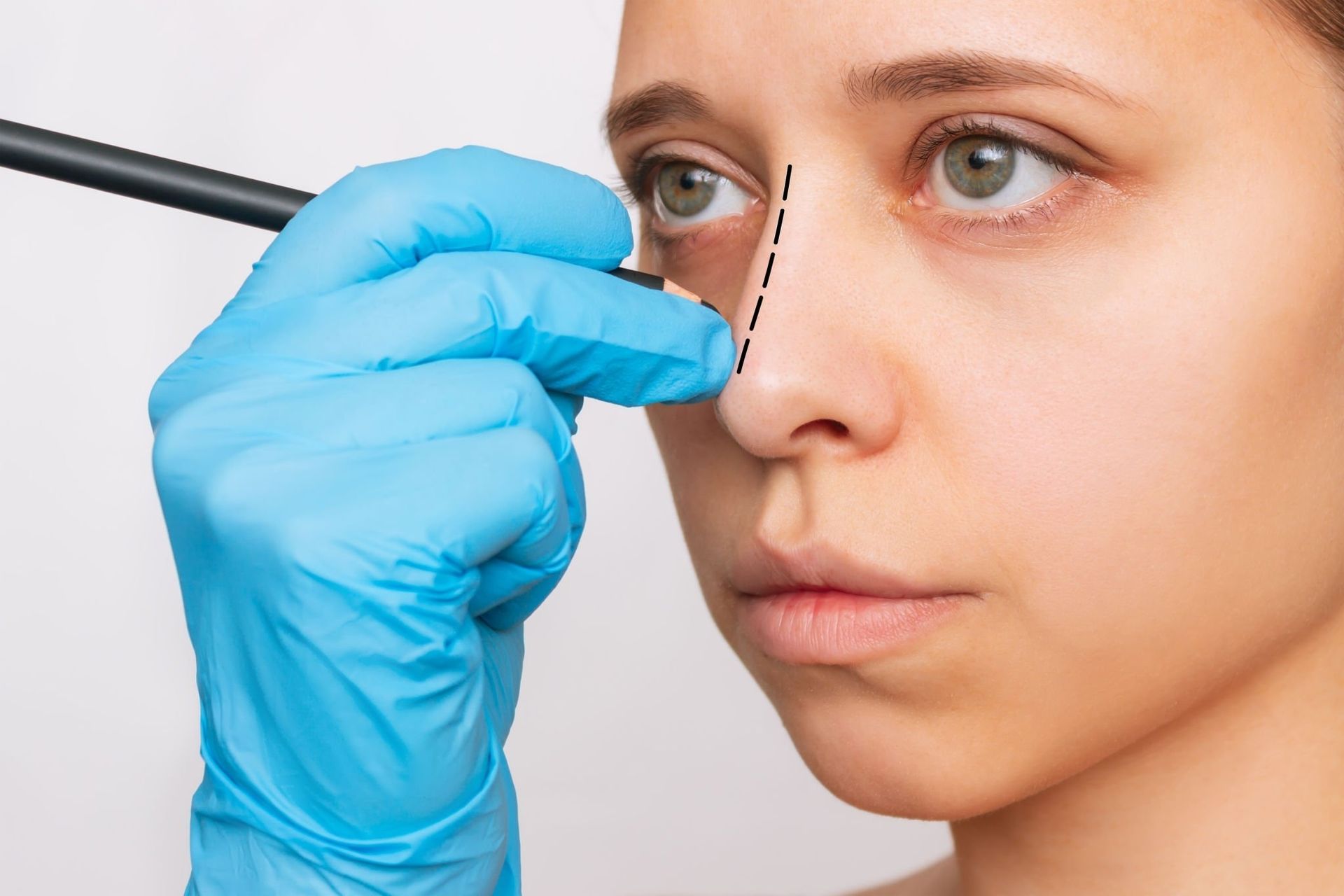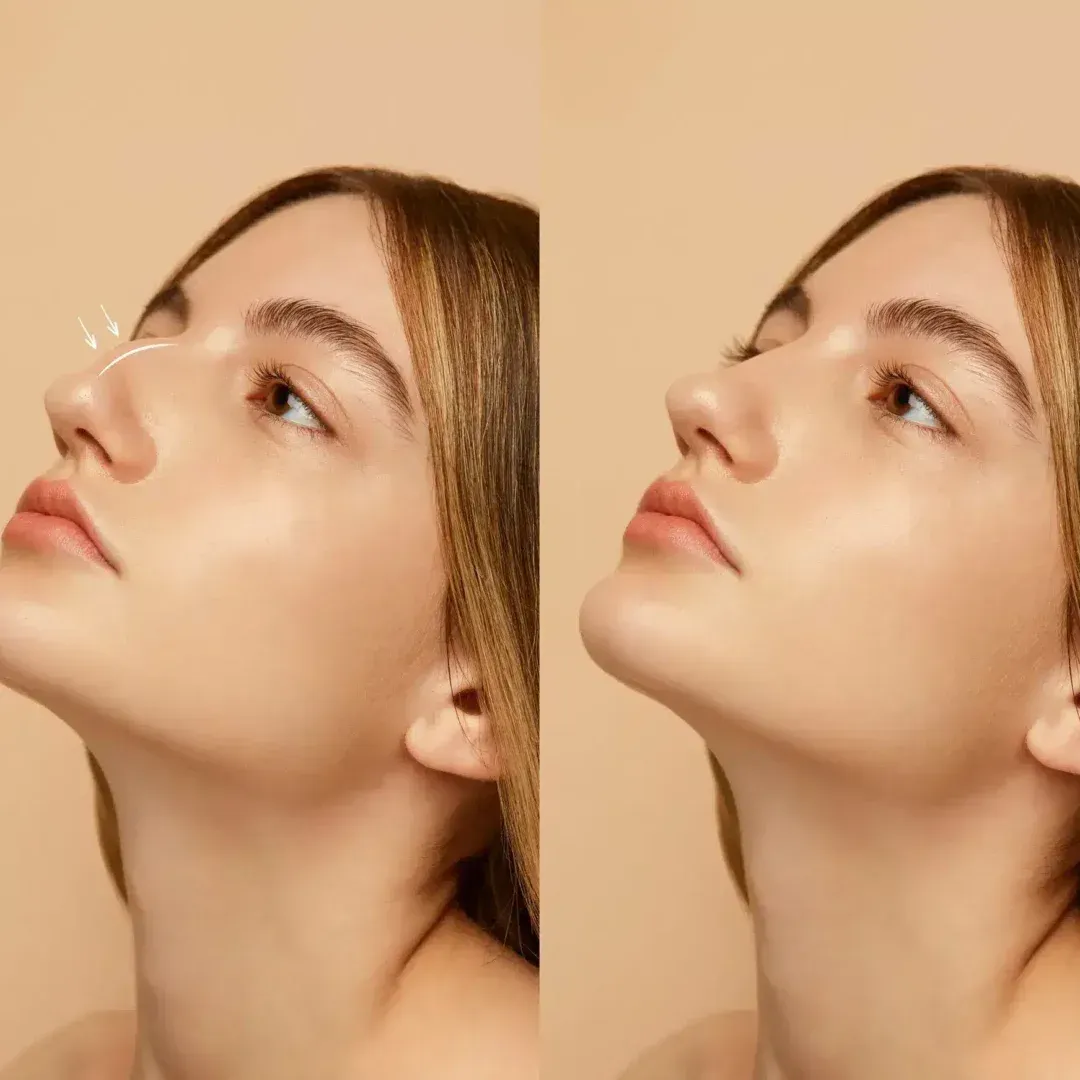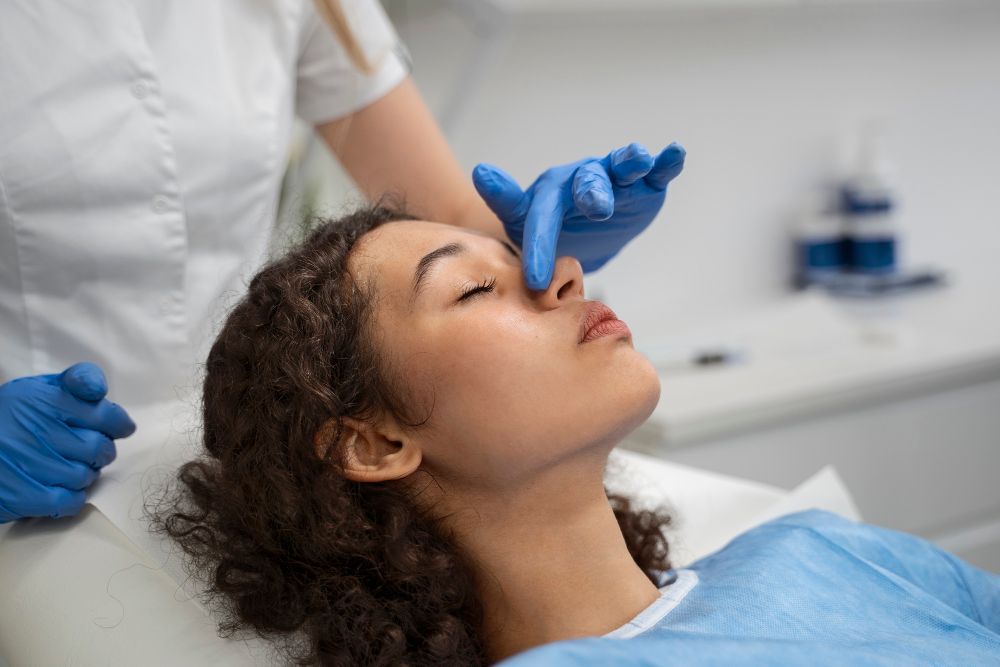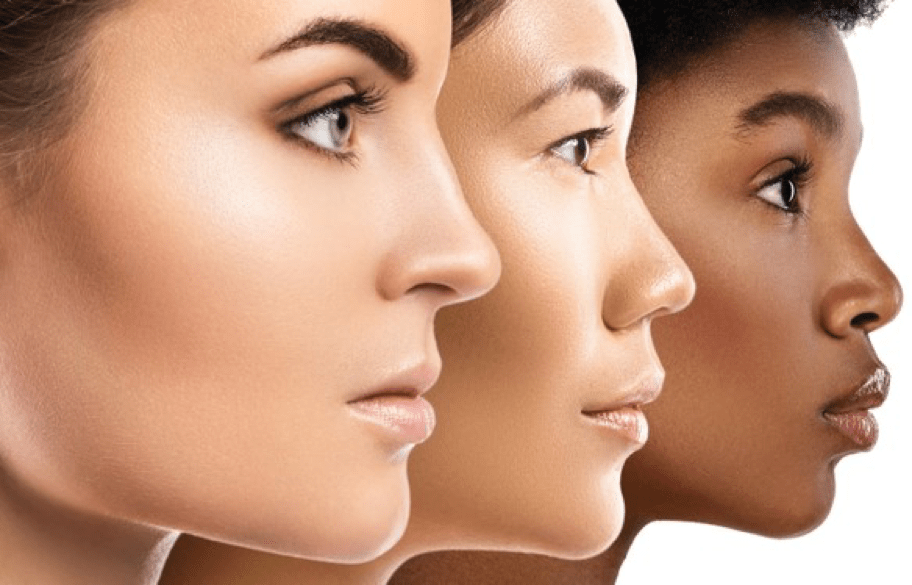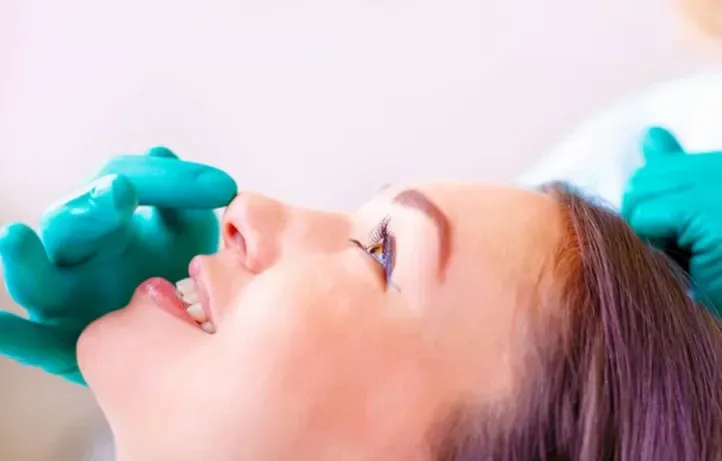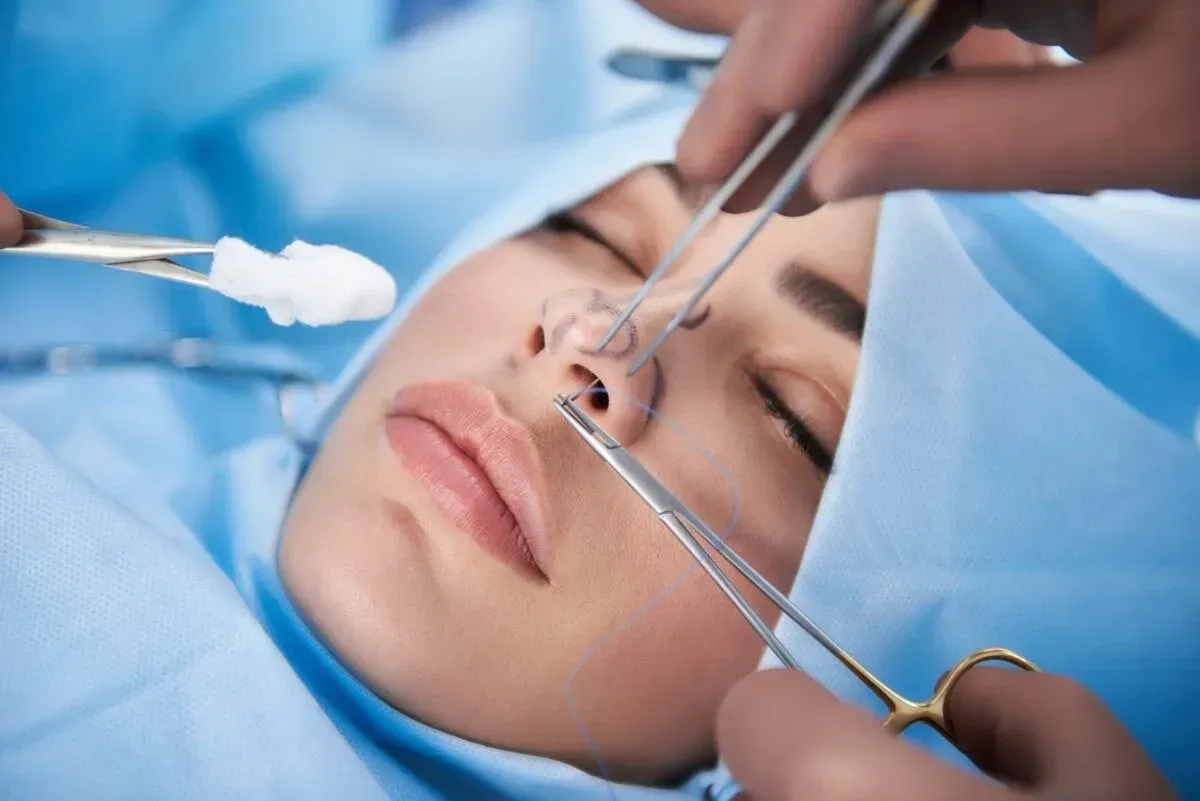Korean Nose Job Techniques Explained: Bridge, Tip, Alar, and More
Korean Nose Job Techniques Explained: Bridge, Tip, Alar, and More
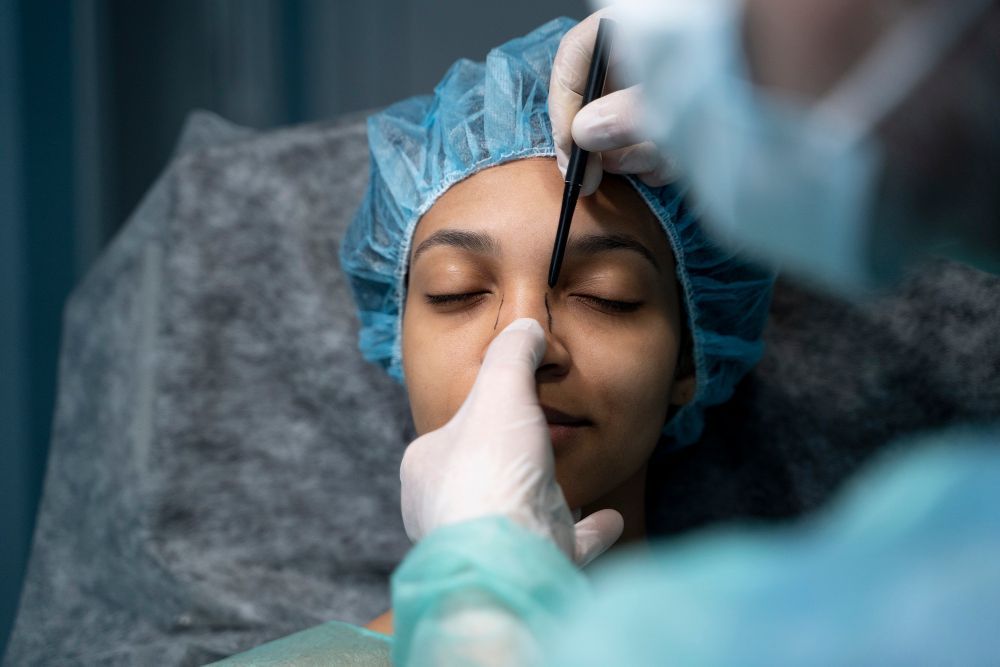
Korean rhinoplasty has earned global recognition for its precision, safety, and natural-looking results. But what makes it so effective is not just the skill of surgeons — it's the refined techniques they use to customize each nose based on the patient’s facial structure, ethnicity, and aesthetic goals.
In this guide, we break down the most common Korean nose job techniques — including bridge augmentation, tip plasty, alar reduction, and more — to help you understand which one may be right for you.
🧠 Why Korean Rhinoplasty Is Technique-Driven
Unlike one-size-fits-all nose jobs seen in some parts of the world, Korean rhinoplasty is highly customized. Surgeons often combine multiple techniques to enhance the nose in harmony with the rest of the face. They also use minimally invasive methods to reduce scarring and recovery time.
🔍 Key Korean Nose Surgery Techniques
1. Bridge Augmentation (Nasal Dorsum Enhancement)
Purpose: Raise and define the nasal bridge, especially in patients with a flat or low nose.
Common among: Asians, Southeast Asians, and some Middle Eastern patients.
Materials used:
- ✅ Silicone implants (popular and safe when done correctly)
- ✅ Gore-Tex (soft and integrates with tissues)
- ✅ Autologous cartilage (from ear or rib – used for natural and revision cases)
Results: A higher, more defined bridge that enhances facial profile and balance.
2. Tip Plasty (Nasal Tip Refinement)
Purpose: Sharpen, lift, narrow, or refine the nasal tip, often making it more defined or less bulbous.
Techniques may involve:
- Reshaping lower lateral cartilages
- Using cartilage grafts (from ear or septum)
- Placing sutures to control projection and rotation
Results: A more elegant and pointed tip that complements the bridge without looking artificial.
3. Alar Reduction (Nostril Narrowing / Base Reduction)
Purpose: Reduce wide, flared, or rounded nostrils by removing small amounts of skin at the nostril base or edges.
Who it’s for: Often chosen by patients of Asian, African, or Middle Eastern descent who want a narrower nose base.
Incision types:
- Weir excision (most common)
- V-wedge or ellipse excision
Results: A slimmer and more symmetrical nose base, especially when combined with tip or bridge enhancement.
4. Columella Correction
Purpose: Adjust the area between the nostrils — often to lift or hide a droopy or overly exposed columella.
Used in cases with:
- Hanging columella (too visible)
- Retreated or hidden columella
Results: A more balanced nose-to-lip ratio, improving the side view (profile) of the face.
5. Septoplasty (Functional Correction)
Purpose: Straighten a deviated nasal septum to improve breathing — often combined with cosmetic surgery.
Performed when:
- Patient has breathing issues
- Nose appears crooked externally
Results: Enhanced nasal airflow and better alignment, often combined with cosmetic improvements.
6. Osteotomy (Nasal Bone Reshaping)
Purpose: Reshape the nasal bones — usually in hump reduction or crooked nose correction.
Techniques:
- Lateral osteotomy (narrowing a wide nose)
- Medial osteotomy (realigning a crooked bridge)
Results: A more symmetrical and refined nose bridge, especially when reducing humps or bumps.
7. Dorsal Hump Removal
Purpose: Remove a prominent hump on the bridge of the nose for a smoother profile.
Common in: Middle Eastern and Western patients.
Approach:
- File down cartilage or bone
- May combine with osteotomy for shape correction
Results: A sleeker, straighter nose profile that maintains facial harmony.
8. Non-Surgical Rhinoplasty (Filler Nose Job)
Purpose: Use injectable fillers to temporarily reshape the nose — no cutting, no downtime.
Best for:
- Smoothing small bumps
- Lifting the tip or bridge subtly
Duration: 6–12 months
⚠️ Not suitable for major reshaping or long-term structural correction.
🧑⚕️ Common Combinations Used in Korean Clinics
Most Korean patients (and many foreigners) benefit from combo techniques like:
- Bridge + Tip Plasty
- Tip + Alar Reduction
- Septoplasty + Bridge Augmentation
- Full Revision Rhinoplasty (Bridge + Tip + Columella + Base)
✨ Korean surgeons excel at balancing techniques to keep the nose natural and proportional — not overdone.
📊 Summary Table: Korean Nose Surgery Techniques
TechniquePurposeIdeal ForPermanent?Bridge AugmentationRaise nose bridgeLow or flat noses✅ YesTip PlastyRefine or lift nose tipBulbous/flat/droopy tips✅ YesAlar ReductionNarrow nostrils/nose baseWide nose base✅ YesSeptoplastyImprove breathing, straightenCrooked/deviated septum✅ YesOsteotomyNarrow or reshape nasal bonesWide or crooked bridge✅ YesFiller Nose JobMinor contouring, non-surgicalMild irregularities❌ No


